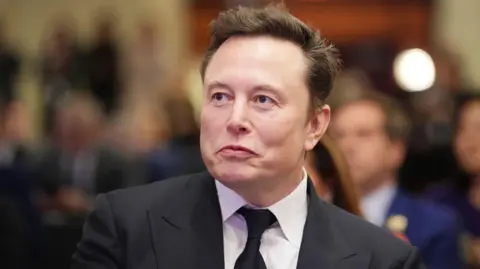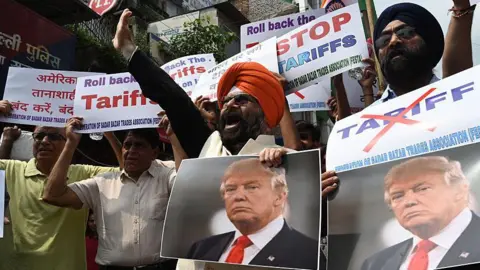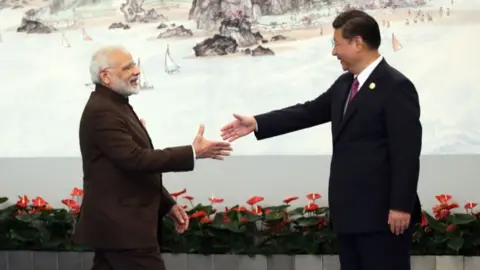Ola Electric, a prominent player in India's electric vehicle market, known for its ambitious rise since its inception in 2010, is now facing a multitude of crises that have jeopardized its standing. Founded as part of a ride-hailing service and expanding into electric vehicles and battery cells, Ola had quickly established itself with major global investments rooted in high expectations. In 2024, the company celebrated a landmark initial public offering (IPO), raising near $734 million, but the euphoria has since given way to an alarming downturn.
Over the past seven months, Ola’s electric vehicle division has lost about 70% of its value, grappling with increased competition and stringent regulatory scrutiny amidst declining sales. Reports revealed that scooter sales had plummeted to below half of the previous year's figures, compounded by concerning customer experiences shared on social media where scooters were reported to be catching fire or failing during rides.
In recent developments, the government initiated an inquiry into eligibility for new Ola showrooms as concerns about their licenses escalated. Furthermore, Ola faced challenges from suppliers who ceased partnerships over unpaid dues, prompting the company to undertake restructuring measures that included significant layoffs—over 1,000 jobs lost since November 2022.
While Ola CEO Bhavish Aggarwal aimed to establish the company as the Tesla of two-wheelers, market analysts suggest there were miscalculations in understanding consumer demands and market conditions. Critics highlight that the launch of its scooter, based largely on the Dutch AppScooter model that Ola acquired, lacked necessary adaptations for the Indian market. Additionally, safety incidents and product recalls—most notably of scooters with reported fires—have cast doubt on Ola's engineering and testing processes.
Analysts reported shrinking market share; from 52% to as low as 19%, affecting its strategy for profitability whilst competitors introduced more reliable alternatives. Although Ola attempted to boost sales through significant discounts and newer models, financial losses continued to escalate, raising concerns about sustainability.
Amidst these operational hurdles, Ola's customer service reputation has also come under scrutiny, with unresolved complaints flooding social media platforms and official channels. The company’s direct-to-consumer sales strategy has left customers with limited avenues for service support, further aggravating its public image as it promised additional storefronts to alleviate these issues.
Compounding these challenges, reports indicated a faltering gigafactory initiative poised to support battery production, creating anxiety for investors at high IPO valuations. With top talent exiting amid a culture criticized for high-pressure decision-making, Ola’s future now hangs delicately as it attempts to navigate this tumultuous phase while remaining a key player in India’s transition to a low-carbon future.






















